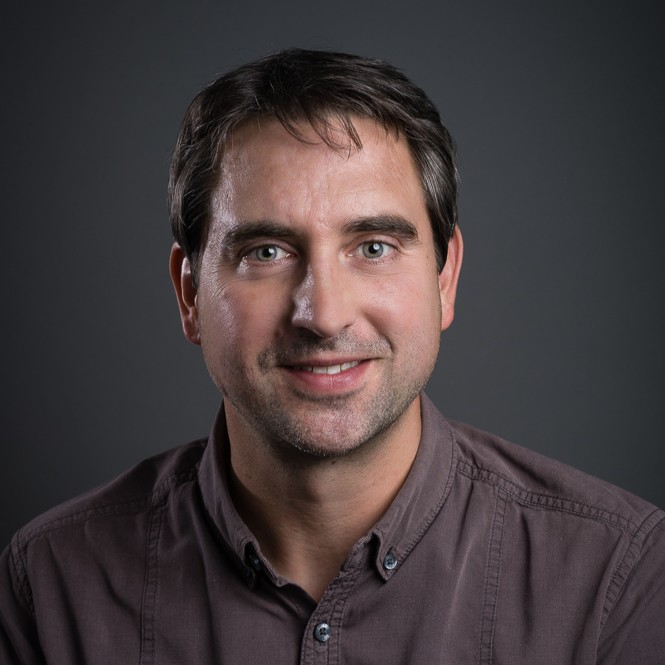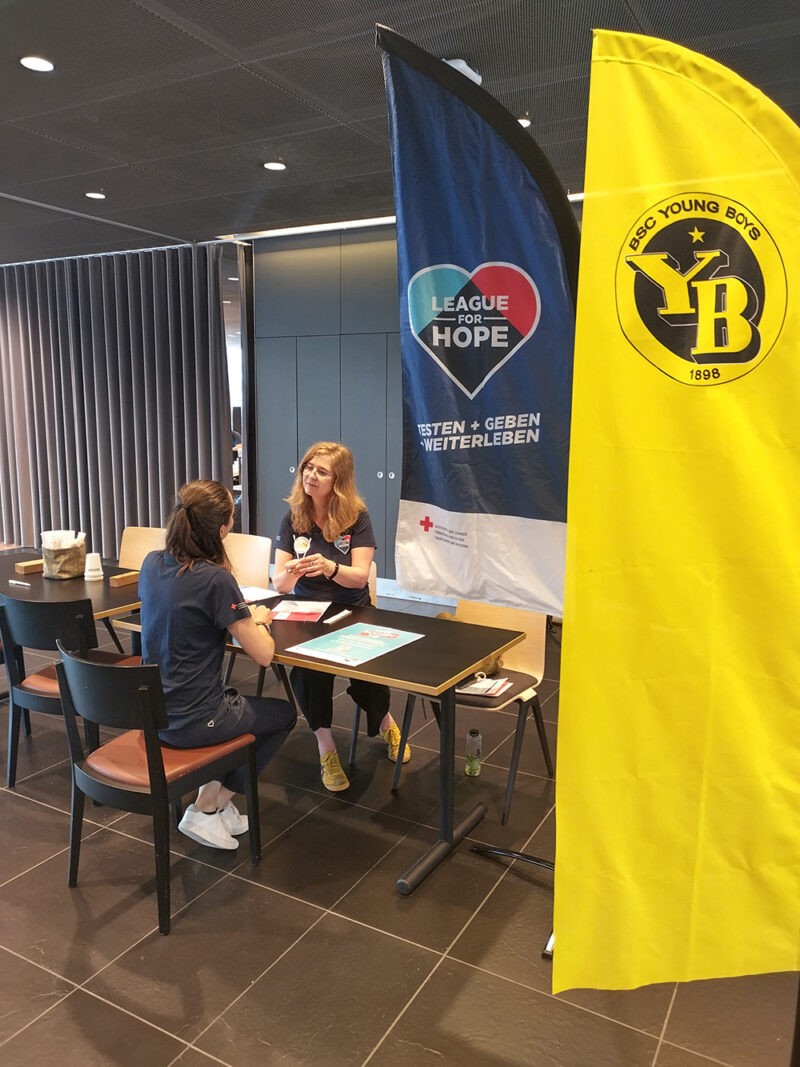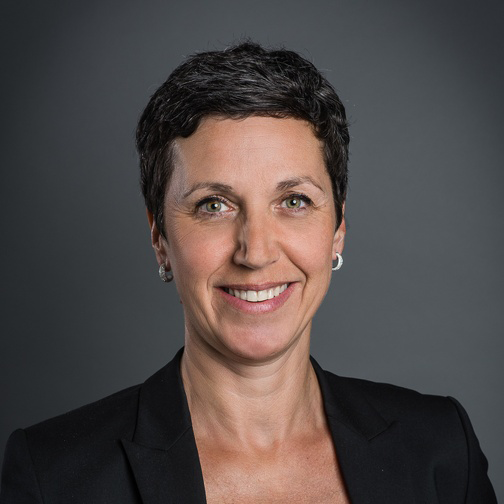Stability as a basis for growth
The registry continued to develop once again in 2024 – with a constant but more sustainable rate of growth than those of previous years. One of the challenges lies in recruiting more younger people to register. Swiss Transfusion SRC has also been taking greater care to ensure that it has up-to-date information on the people who are already in the registry. Correct contact information and the latest data about the health and availability of registered persons are of essential importance for the registry’s quality and reliability.
The Swiss registry listed 190,800 persons at the end of 2024, a 4.2 per cent increase over the 2023 total (183,091 persons). A total of 10,665 persons were added to the registry, 23 per cent more than the 2023 figure (8,645). There were 2,956 persons removed from the registry (2023: 3,403).
In addition to the regular removal of donors from the registry when they turn 60, people are also removed from the registry because of a change in their health or their personal situation that precludes the donation of blood stem cells. Intensified dialogue aimed at strengthening donor commitment ensures that registered donors are regularly reminded of their pledge to donate blood stem cells. They are given the opportunity to reconsider their commitment quickly and easily and to decide for themselves whether they wish to remain in the registry.
As part of these efforts, Swiss Transfusion SRC once again wrote to over 50,000 registered blood stem cell donors, asking them to review their data electronically. The group selected was made up of persons under the age of 35, as their youth makes them more likely to receive a request for a possible donation. In addition to the request to review their contact details, we inquired about their medical and temporal availability in the event of a concrete donation request. About 43 per cent of those contacted went on to verify their data and complete the availability check. A total of 3.6 per cent reported that their health situation had changed since they registered. On the basis of the updated data, Swiss Transfusion SRC contacted over 800 people by phone to determine whether they would be eligible to donate. This led to the removal from the registry of 390 persons who no longer met the medical criteria for registration as donors. Swiss Transfusion SRC repeats this donor information update and availability checking process every year in order to improve the quality of the Swiss registry of blood stem cell donors.




